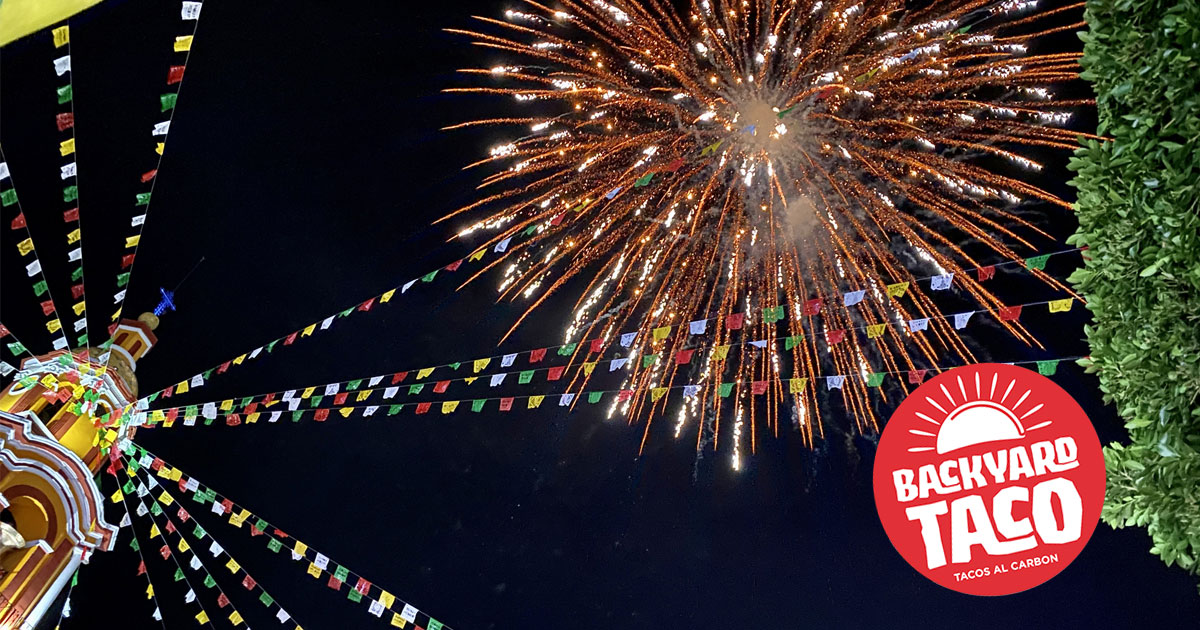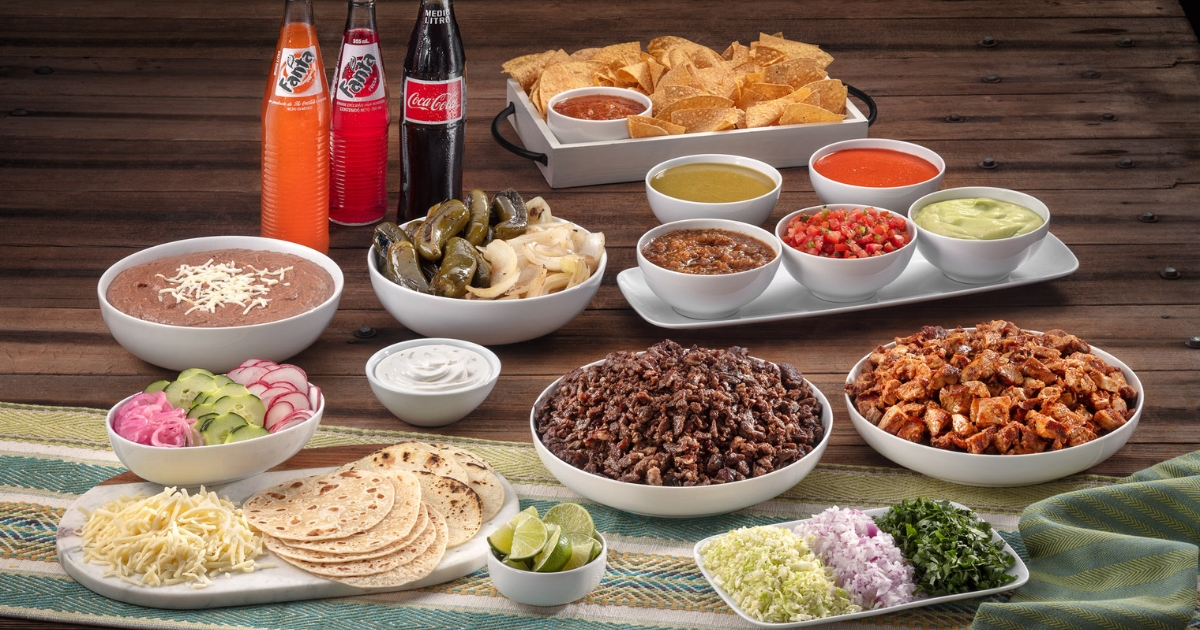When you think of New Year’s Eve, you may think about going out to celebrate at a local club or even staying home to watch Dick Clark’s New Year’s Rockin’ Eve so you can see the ball drop in New York City. While Americans have different traditions based on taste and region, Mexico also has a rich tradition full of celebrations for ringing in another year and saying farewell to the old one. In fact, Mexican New Year traditions are as varied and colorful as the people of the country.
In Mexico, New Year’s Eve, or Nochevieja, has many unique traditions that are both different and similar to customs seen in the United States. Let’s look at some of the most common and popular traditions Mexicans partake in on New Year’s Eve and New Year’s Day.
Popular New Year’s Eve Traditions in Mexico
Before looking at any specific traditions, it’s important to remember that Mexicans are not a monolith. Traditions differ between regions, cultural pockets, and families. For example, the way a family celebrates in Mexico City will likely differ from a single adult living in a small town in Baja California. Much as some people in the US prefer to sleep through the celebrations, not every Mexican participates in every activity, and some ignore them entirely.
With that disclaimer out of the way, let’s take a look at some of the most famous and authentic Mexican New Year traditions as we approach the end of another year.
Eating Grapes at Midnight
Grapes have significance within many cultures, especially around New Year’s Eve and New Year’s Day – and Mexico is no exception. Traditionally, Mexicans say to fill a glass with twelve grapes and then give a toast at midnight to your friends and family. The twelve grapes, as you might expect, represent the twelve months of the coming year. Tradition says the grapes will bring you exactly that many wishes for the year ahead.
Some believe the first person to finish their grapes will have good luck in the coming year, while others believe each sweet grape represents a good month and each sour grape a bad one.
Hosting a Large Meal
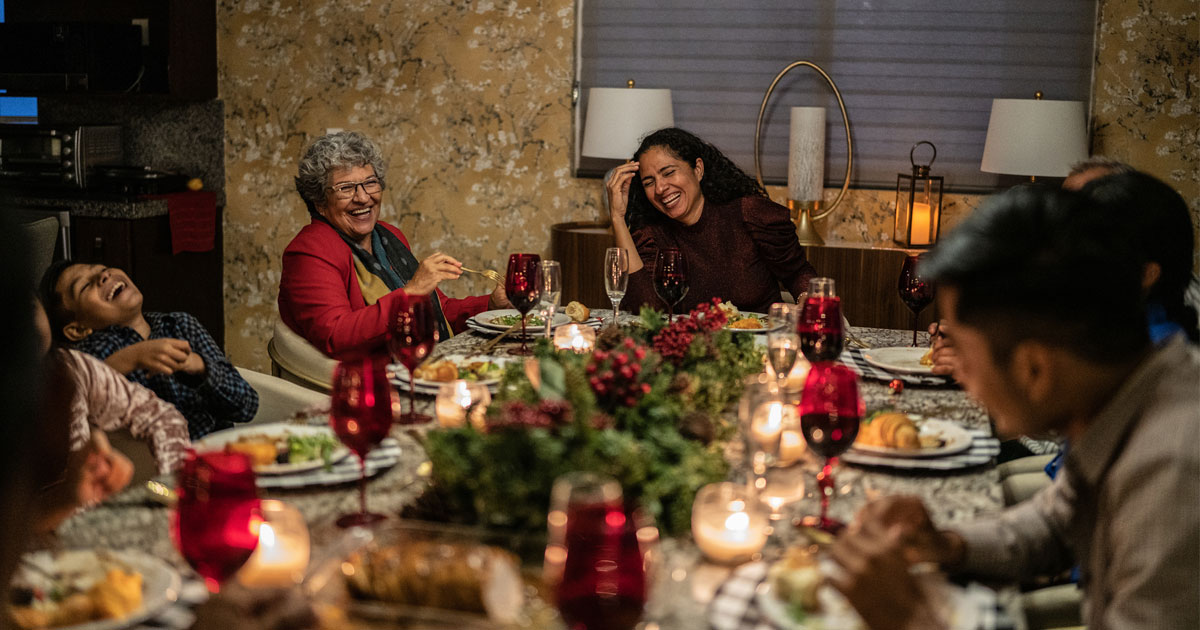
If you want to host your New Year celebrations Mexico style, you should plan a big meal to end the previous year on a high note. The most famous of Mexico’s New Year’s foods is bacalao, dried and salted codfish. People usually cook it with tomatoes, capers, and olives.
For dessert, families in Oaxaca often eat buñuelos, sweet fritters with powdered sugar and syrup. The tradition traces its origins back to the time of the Aztecs before European influence. The Aztecs made these desserts round to represent the sun and bring good fortune to the coming year.
Other foods you might find on New Year’s Eve in a Mexican household include pozole, tamales, Ensalada de Noche Buena, mole sauce, and stuffed pork loin. Each household is different, but most will have a large meal and share it with friends and family.
Wearing Colored Underwear
A popular New Year’s belief is in the power of wearing colored underwear before midnight to bring a specific piece of good fortune in the coming year. Each color represents a different wish. For instance, red underwear will help you have more fortune in romantic encounters, yellow underwear helps bring wealth, white will bring peace, green will bring good health, and blue will help you accomplish your long-term goals and tasks.
Many Mexicans wear their colored underwear inside out on New Year’s Eve and then immediately switch them to the proper way once midnight passes. Some also believe these underwear must be a gift to accomplish their goal of bringing good luck.
Walking With an Empty Suitcase
Taking a vacation isn’t always economically feasible or something you can accomplish during the year. Mexicans have a tradition designed to heap good fortune on their chances of travel each year by walking around with a suitcase on New Year’s Eve. Tradition says this will help bring you luck so that you are able to take a trip during the upcoming year.
While you’ll likely see many people with suitcases walking around if you visit Mexico at the end of the year, there are other options in place. Some people simply place their suitcase outside of their door when walking around the streets isn’t feasible due to the crowds.
Cleaning the House
Leading up to New Year’s Eve and even after the year begins, we often take the philosophy of “Out with the old, in with the new.” As a way of starting over in the new year and getting rid of anything holding you back from the past year, Mexicans suggest sweeping the house to remove negative energy from the house before the new year begins. Some families opt to use New Year’s Eve as a time to perform any renovations on the house they’ve been putting off through the year. Fixing a loose knob or leaky sink should bring positive energy to the new year and get it started on the right foot.
Eating Lentils
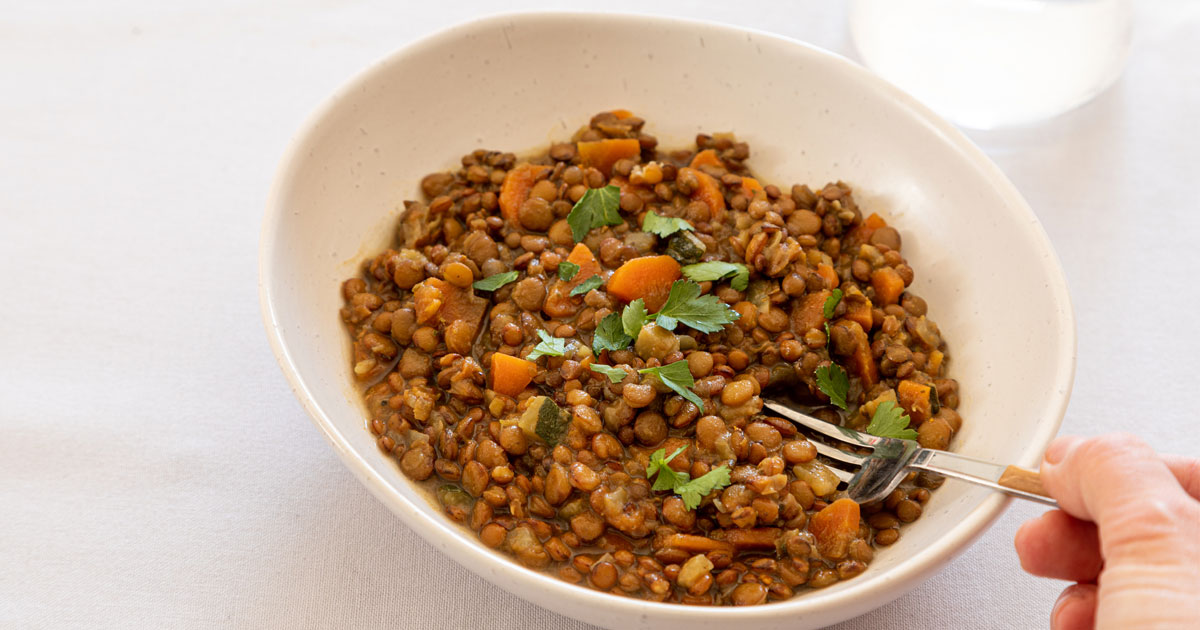
Lentils share a place in Mexican New Year Traditions, with grapes as a staple food to eat for good luck. Lentils have a close association with coins due to their similar shape. Some families have lentils with their New Year’s meal, while others choose to eat them separately.
Some traditions and regions go a step further, carrying lentils in their pockets wherever they go to help bring good luck next year. You can gift raw lentils to friends and family to give them luck, as well. Eating lentils is one of the longest-standing traditions in Mexico for ringing in the new year.
Drinking Champagne With a Gold Ring
If you have romantic goals for the new year or just want to keep a happy and healthy marriage, Mexican tradition dictates you should drink a glass of champagne with a gold ring in it. The gold in the ring indicates good fortune and prosperity, and it will help both single and married people in the new year.
According to tradition, you should drink the entire glass of champagne before you remove the ring, and you should hug everyone around you after you finish.
Wishing Your Loved Ones Well in the New Year
While it may seem like an obvious tradition, wishing your loved ones a happy new year is an important part of Mexican cultural heritage this time of year. Many Mexican people will wish their loved ones and friends well in the new year with plenty of hugs and kisses to start the upcoming year off right. If someone’s relatives live far away, they will give them a call as soon as possible to wish them a happy new year.
Shooting Off Fireworks
While Americans typically think of fireworks as something to associate with Independence Day and not New Year’s Eve, Mexican culture makes a tradition of setting off fireworks as midnight comes. These fireworks are both a fun spectacle and have a deep significance to the culture.
Traditionally, Mexican people believe the best way to drive out unwanted spirits is with loud noises and plenty of light. In this way, fireworks are said to ward off the spirits and allow everyone to head into the new year without having to worry about bad omens.
Gifting an Abundance Lamb
An older tradition involves gifting an abundance of lamb to someone to bring them good fortune in the coming year. In decades past, the live lamb would have a red ribbon and bell around its neck to ring in good fortune and ward away negativity and poor luck. Now, you could consider having a lamb dinner with an abundance of sides and treats.
Throwing Money Out of Your House
Many cultures have New Year traditions based around money and using symbols of money to bring wealth in the coming year. Many of these rituals involve placing money outside and bringing it back into the house in a certain method, and Mexico has its own spin on the tradition. According to legend, you should take twelve coins and throw them outside of your house, either out the window or the front door. Then, get a broom to sweep them back into the house. If you do it correctly, Mexicans believe the practice will bring you wealth in each month of the coming year.
Making a New Year’s Resolution
Making a resolution for the new year is part of many cultures around the world, and it’s likely so widely practiced because it allows us to take inventory of the prior year before setting goals and expectations for the one that follows. While not everyone follows through on their resolutions, it’s still viewed as a positive exercise to begin a new year. Many Mexican people choose to make these resolutions and announce them while having their twelve grapes at midnight.
What Happens After New Year’s Eve?
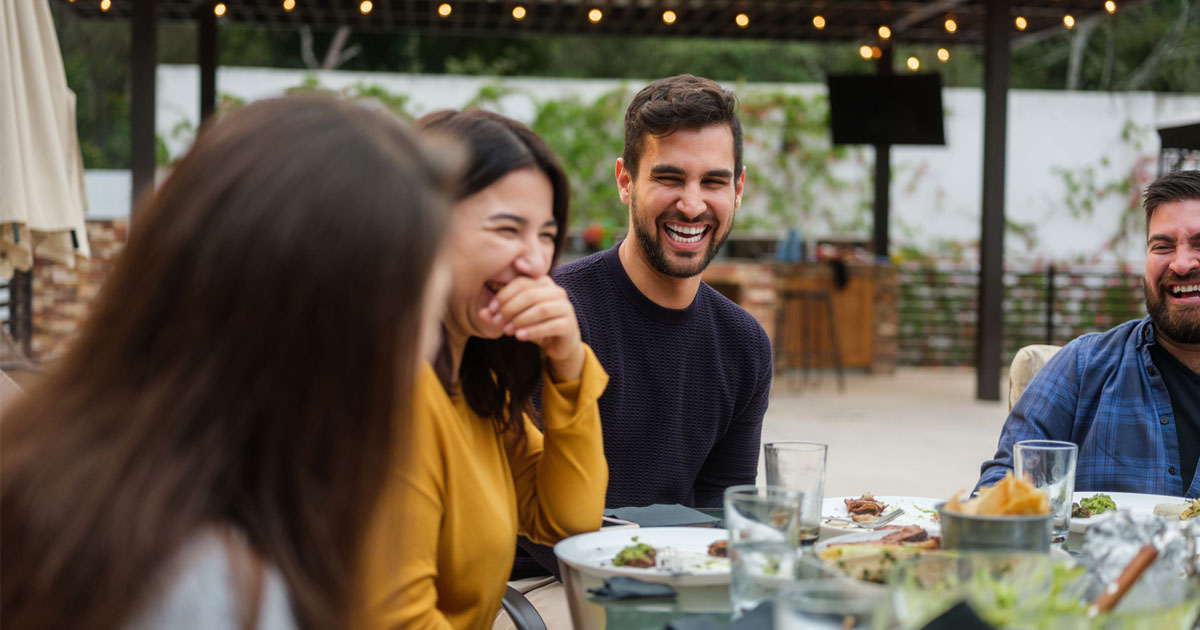
When the festivities die down and the new year is officially here, it’s time to open another chapter of life. In Mexico, it’s traditional – especially in smaller towns – for neighbors to visit with each other on New Year’s Day to provide a hug and warm wishes for the coming year. In larger municipalities like Mexico City, with their big street parties, you may only visit with your extended family or neighbors you know particularly well.
Many families enjoy El Recalentado, or the reheating of leftover food from the New Year’s celebration. If someone has a big enough family and has made plenty of food, these leftovers often last a week. Typically, the goal is for the leftovers to last until the next holiday, Día de Reyes. This holiday is one of the most important on the calendar for Mexican people and leads to another celebration and more leftovers to enjoy with friends and family.
With all the traditions and festivities complete, it is time for everyone to work together to have a happy and prosperous New Year celebration.
Backyard Taco: Authentic Mexican Cuisine for Your New Year’s Celebration
We don’t serve jumbled-up Mexican fusion or the kind of food you’d find in a fast food restaurant; we serve real Mexican food for our familia and amigos to enjoy together.
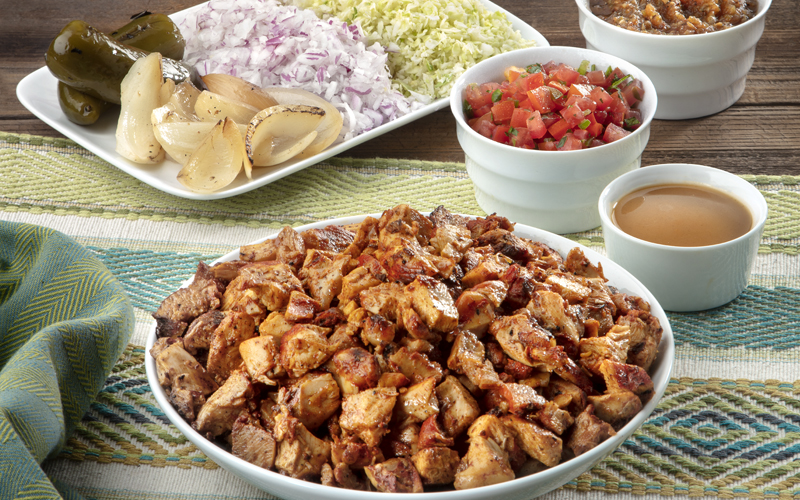

Dr. Tyler loves tacos! He is one of the owners of Backyard Taco, and can sometimes be found moonlighting there at night or on the weekends.
Dr. Tyler Robison is an alum of Mesa’s Mountain View High School. He graduted from Brigham Young University before being accepted to the “Top Ten-nationally ranked” University of Louisville in Kentucky, where he earned his Doctorate in Dental Medicine and a Master’s Degree in Oral Biology. He graduated with honors in the top ten percent of his class. Dr. Robison continued at the University of the Pacific in San Francisco, where he received a second master’s degree in dental science and his orthodontic certification.
Dr. Tyler enjoys serving in his community. He is a provider for the Smile Back Foundation, which offers scholarships for free dental treatment to underprivileged East Valley students. He is also a Major in the U.S. Army Reserve and served during Operation Enduring Freedom in 2008.
Dr. Tyler Robison’s favorite pastimes include spending time with his family on the lake, at the beach, or on the slopes. He is an avid and crazy snowboarder! He has three incredible sons and one sweet daughter: Caden, Jace, Crew, and Bliss.
